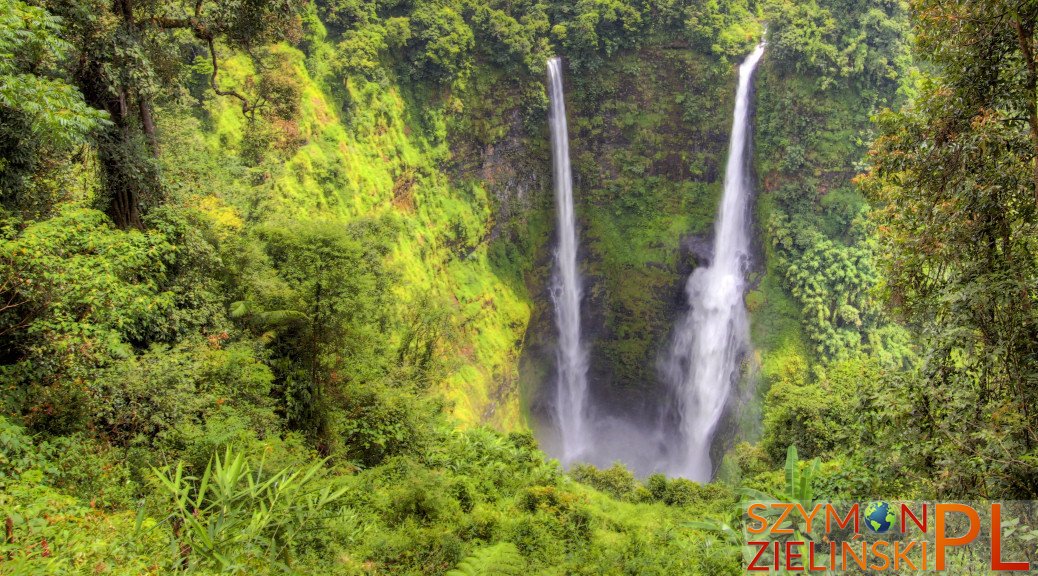
Bolaven Plateau is famous for its dramatic waterfalls, fertile soil, high-grade coffee plantations and its own micro climate. It is noticeably cooler than in neighbouring Pakse. Similar to Tha Khaek, there is also a “loop” available for adventurous tourists. It takes more time though (6 days which I didn’t have). But I really wanted to see the most beautiful waterfall in the area – Nam Tok Katamtok, which is also one of the more remote ones. In order to achieve this, I decided to go in one day from Pakse all the way to Sekong and then the next day come back using another route, going next to that waterfall.
I rented a new motorbike and made my way towards Bolaven Plateau in the direction of Paksong. I’ve made my first stop to see one of the most spectacular waterfalls in Laos – Tad Fan waterfall. Two parallel streams of the Huay Bang Lieng come out of dense forest and down more than 120 m. I saw the waterfall from the viewpoint at Tad Fane Resort. There is a possibility of taking a path to the waterfall itself, unfortunately I couldn’t take it as a real downpour came just minutes later. So I saw another popular waterfall nearby – Tat Yuang. Tat Yuang is 40 m high and there is a gazebo that allows you to enjoy the view.
I have tried the local coffee (delicious!) and continued my journey. I had to stop few times on the way as it rained once in a while – one of those stops I did in a very local restaurant where nobody spoke any English but kids were happy to pose for photos. I arrived in Sekong after dusk. There I had supper at Pha Thip restaurant which has interesting photos from Sekong province hanging on the walls. Since this is one of the most remote areas in Laos, photos show how scrap metal from the war is utilised in everyday life. I took photos of those photos and uploaded them at the end of the gallery as I think many of You will find them interesting (I also abstained from retouching them). I have spent the night in rather old an run-down (but very cheap) guest house, where my money supported malaria education group.
Bolaven Plateau – from Pakse (A) to Sekong (B)
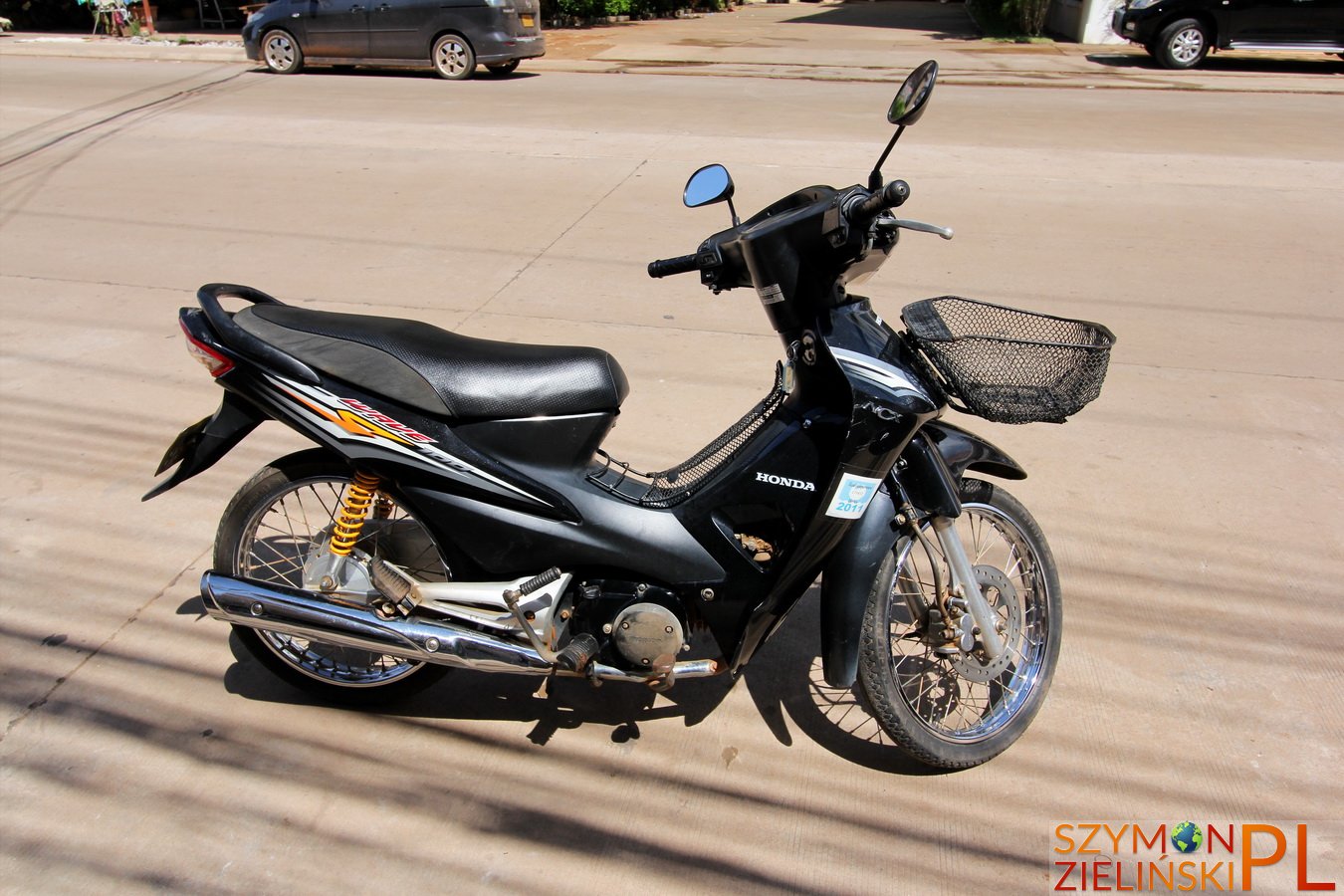
My motorbike on Bolaven Plateau, Laos.
Mój środek transportu po Płaskowyżu Bolaven, Laos.
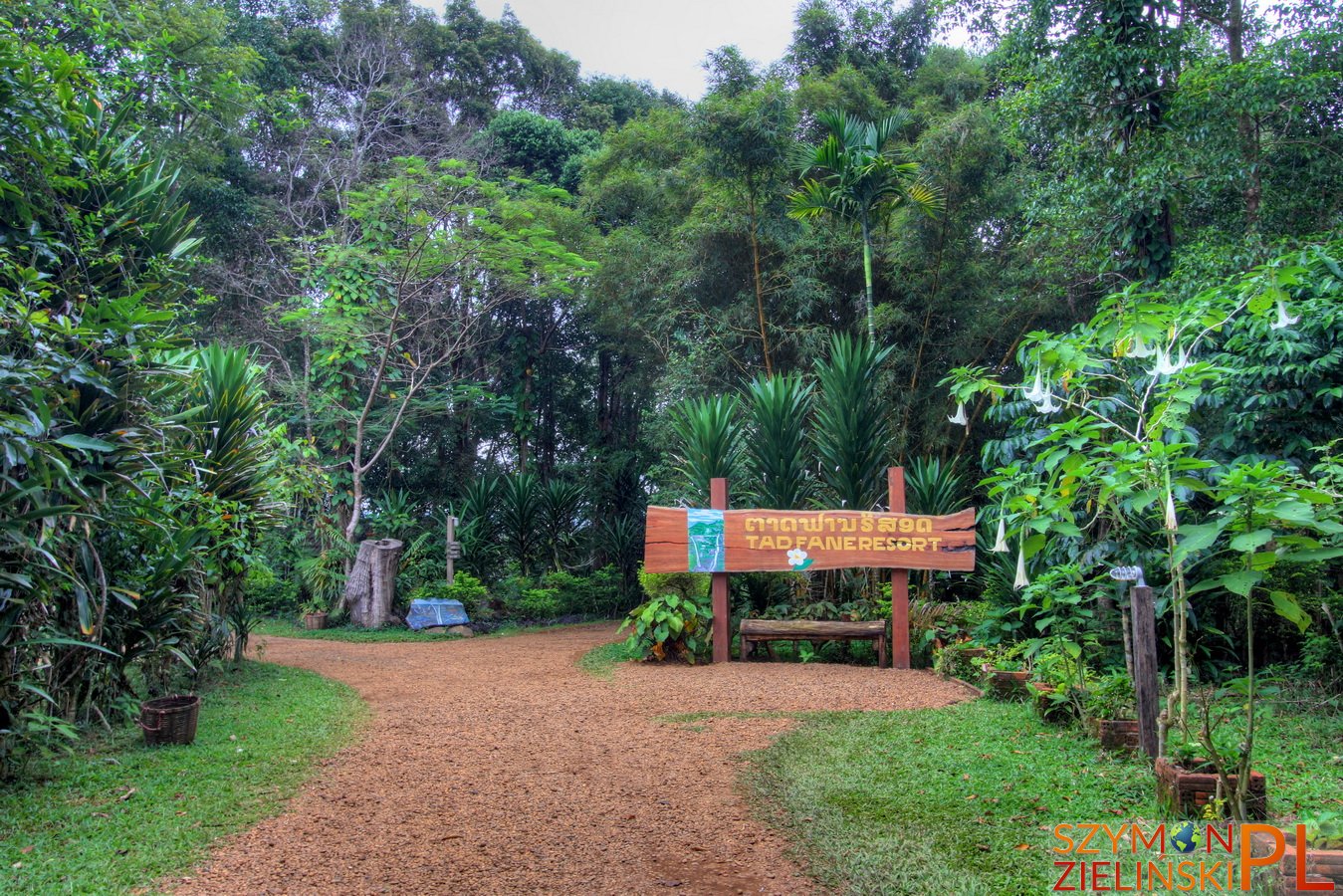
Entrance to Tad Fane Resort. Bolaven Plateau, Laos.
Wejście do kurortu Tad Fane Resort. Płaskowyż Bolaven, Laos.
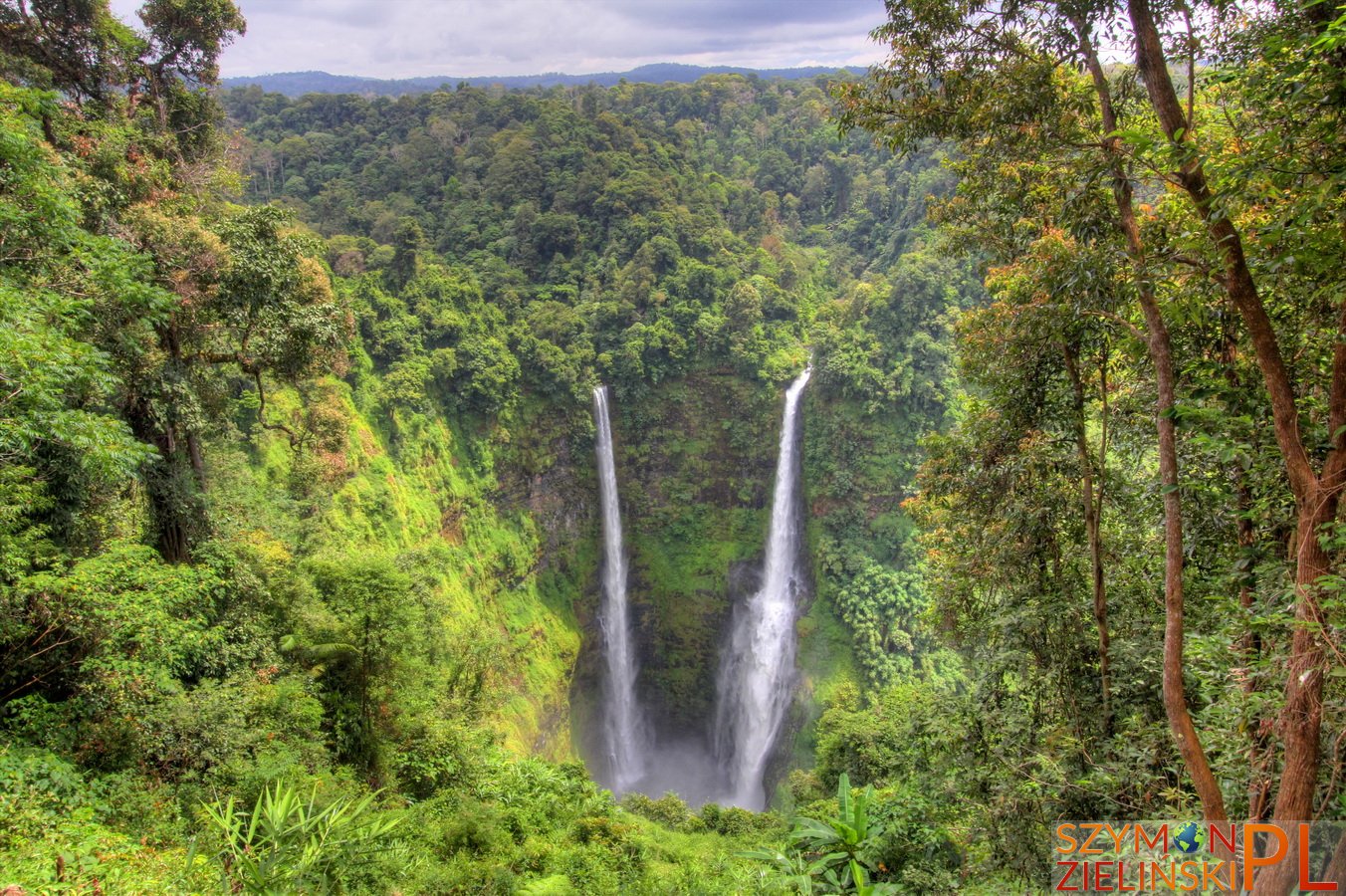
Tat Fan waterfall. Bolaven Plateau, Laos.
Wodospad Tat Fan. Płaskowyż Bolaven, Laos.
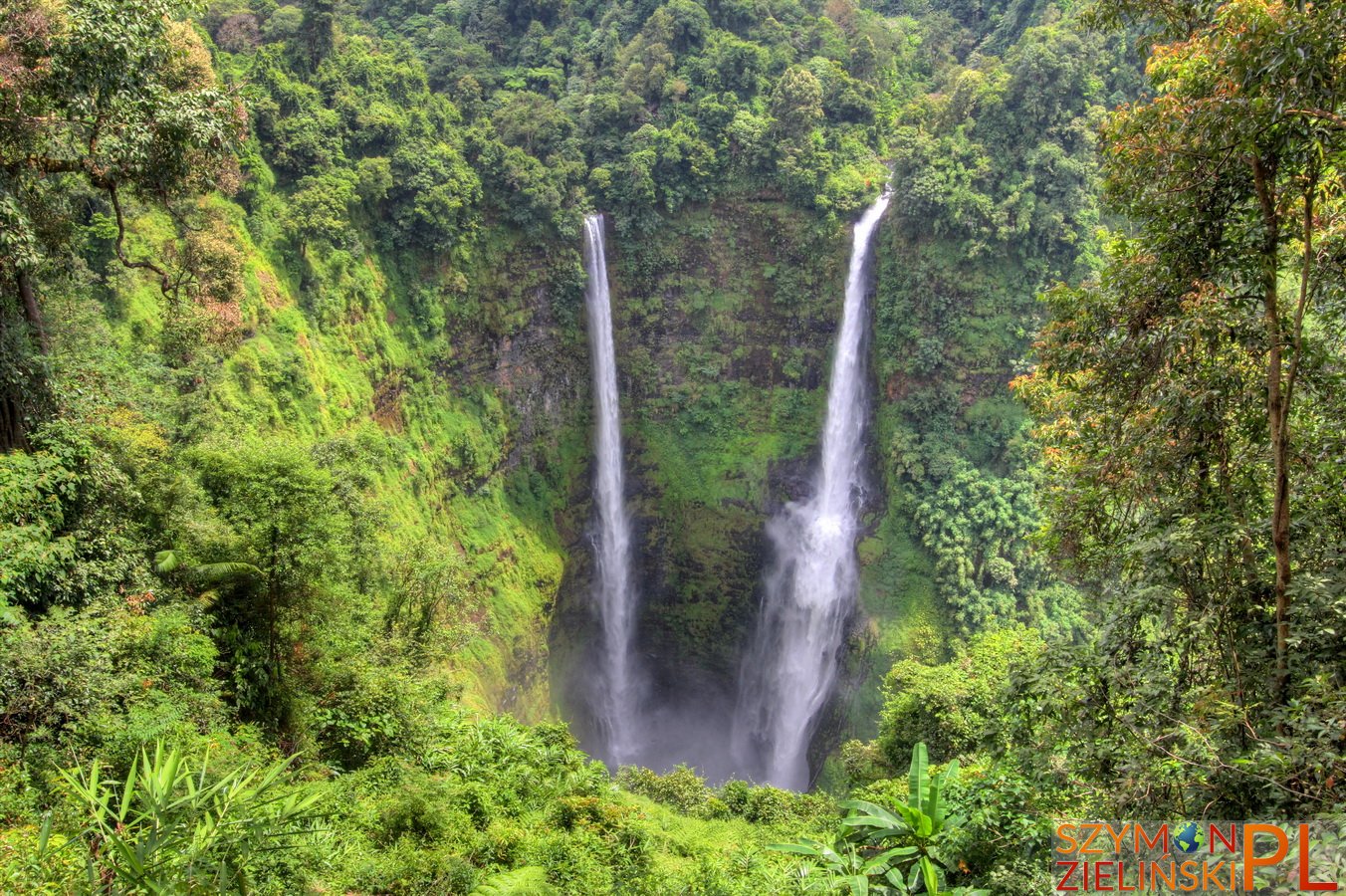
Tat Fan waterfall. Bolaven Plateau, Laos.
Wodospad Tat Fan. Płaskowyż Bolaven, Laos.
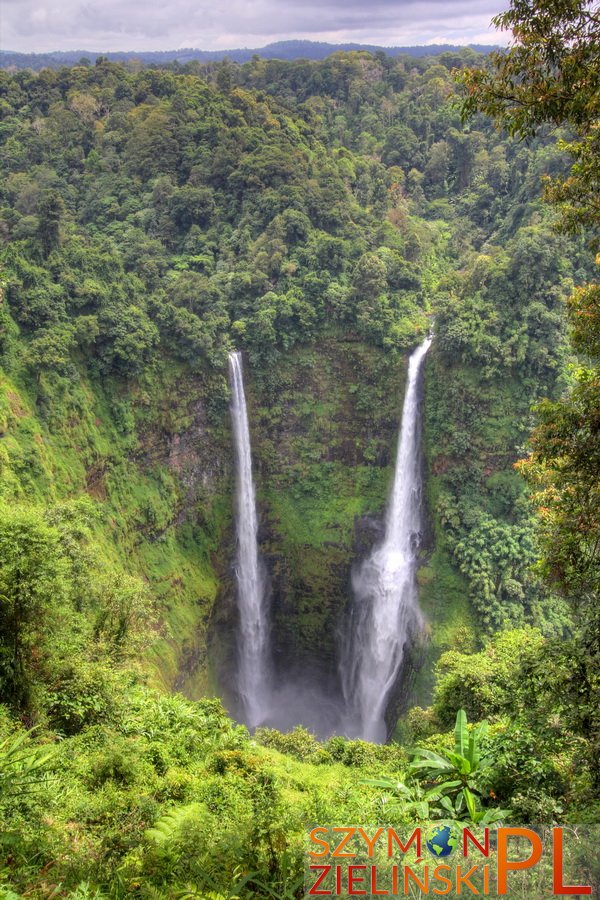
Tat Fan waterfall. Bolaven Plateau, Laos.
Wodospad Tat Fan. Płaskowyż Bolaven, Laos.
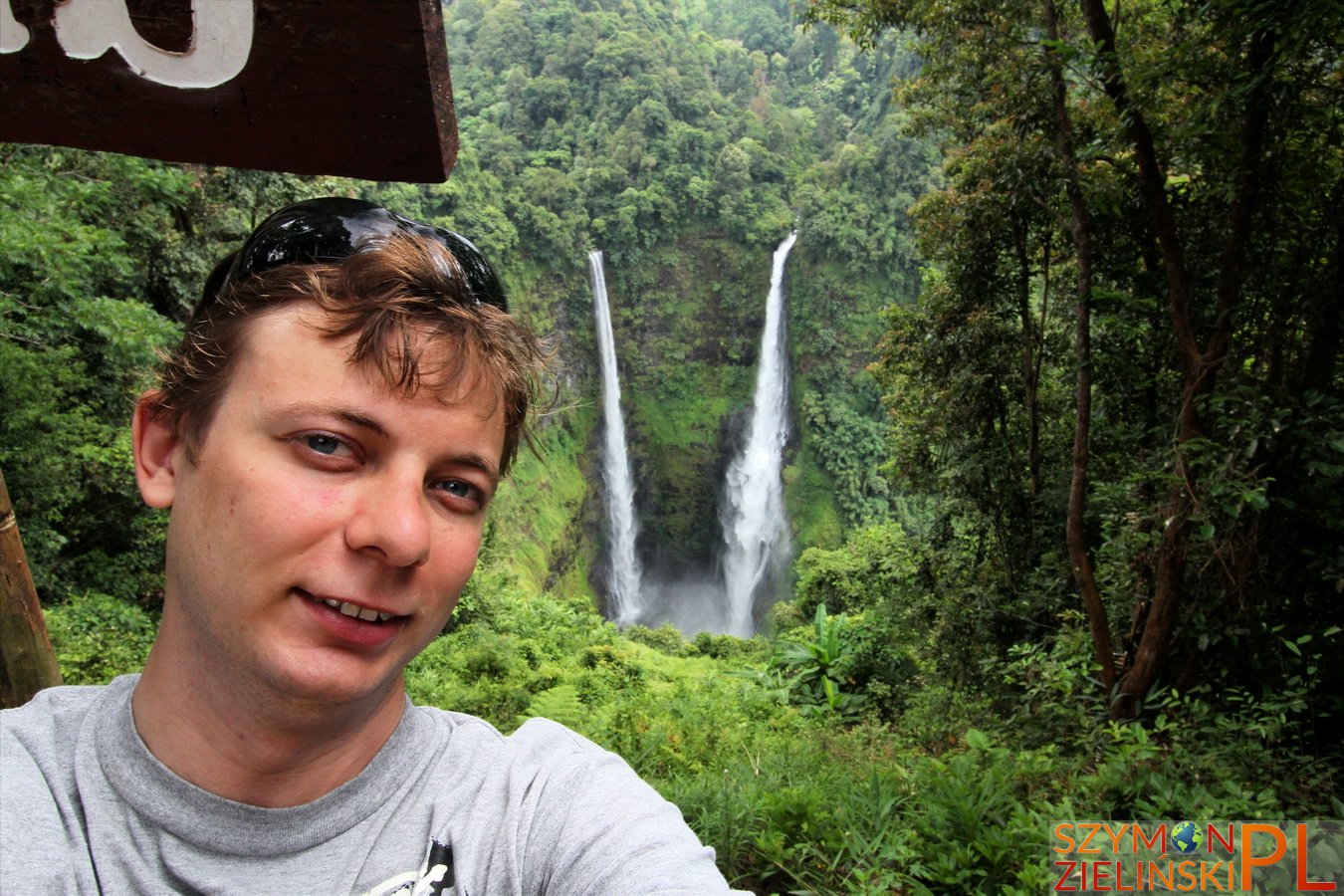
Me and Tat Fan waterfall. Bolaven Plateau, Laos.
Ja i wodospad Tat Fan. Płaskowyż Bolaven, Laos.
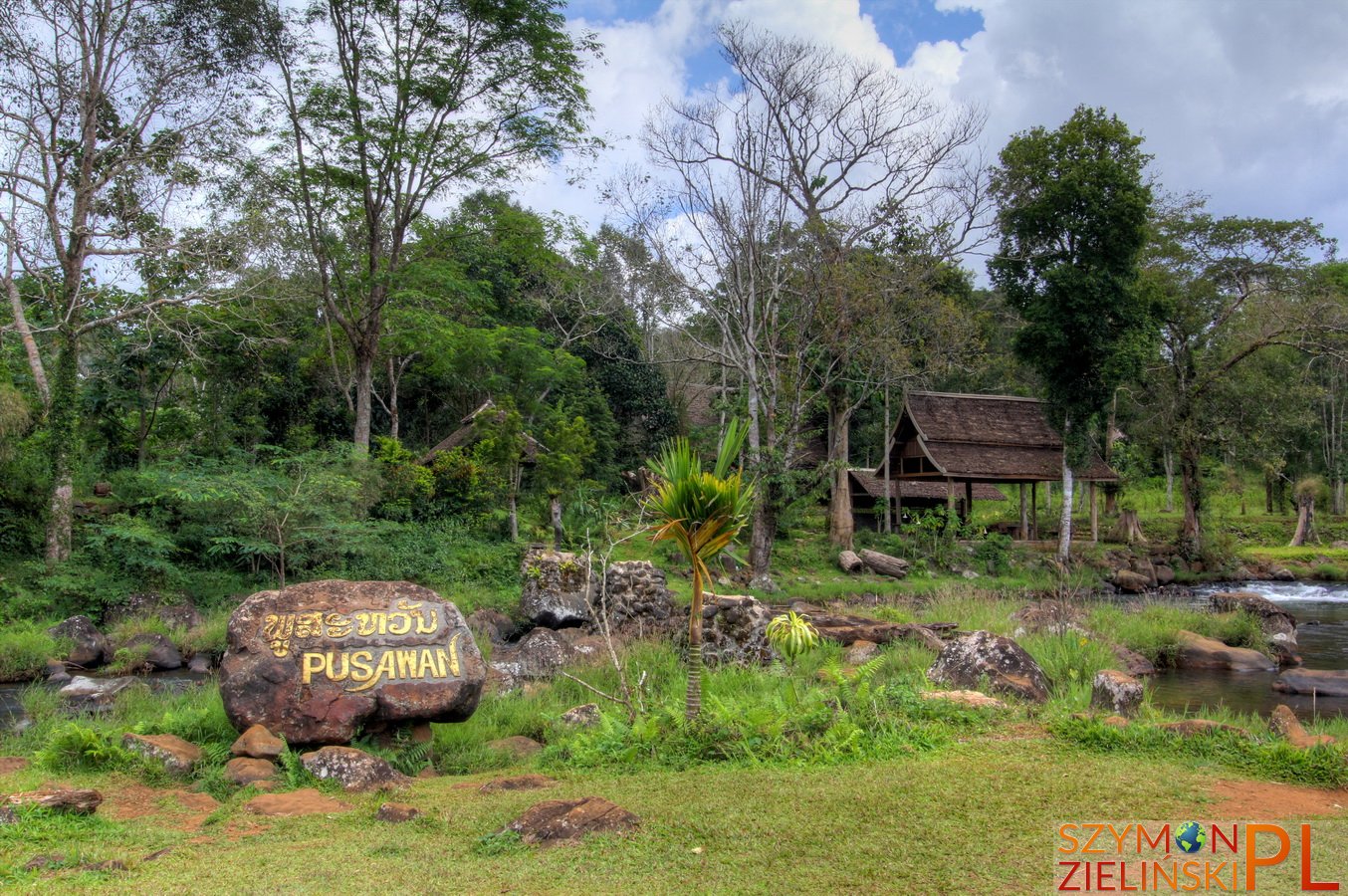
Around Tat Yuang waterfall. Bolaven Plateau, Laos.
Okolice wodospadu Tat Yuang. Płaskowyż Bolaven, Laos.
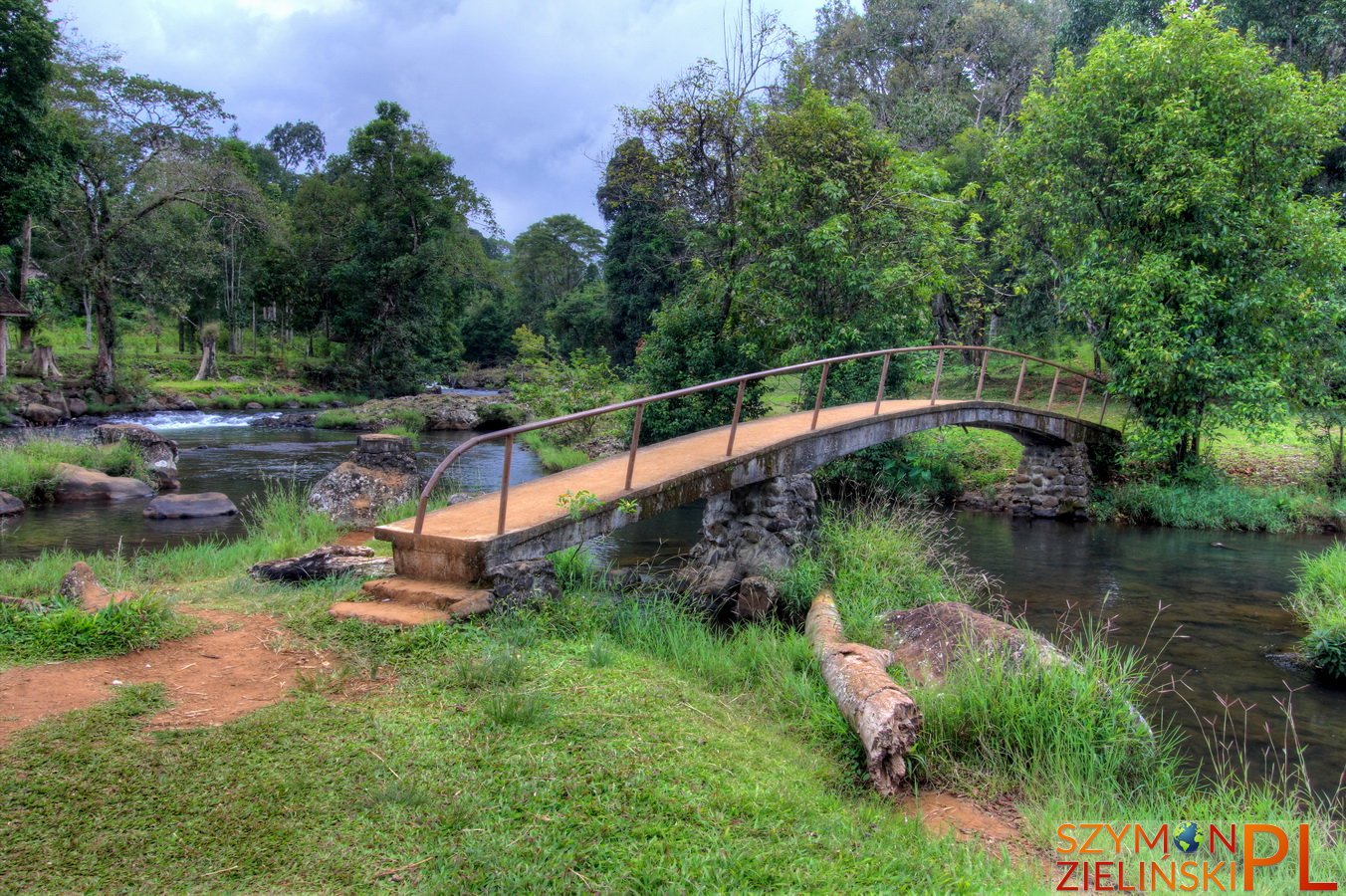
Around Tat Yuang waterfall. Bolaven Plateau, Laos.
Okolice wodospadu Tat Yuang. Płaskowyż Bolaven, Laos.
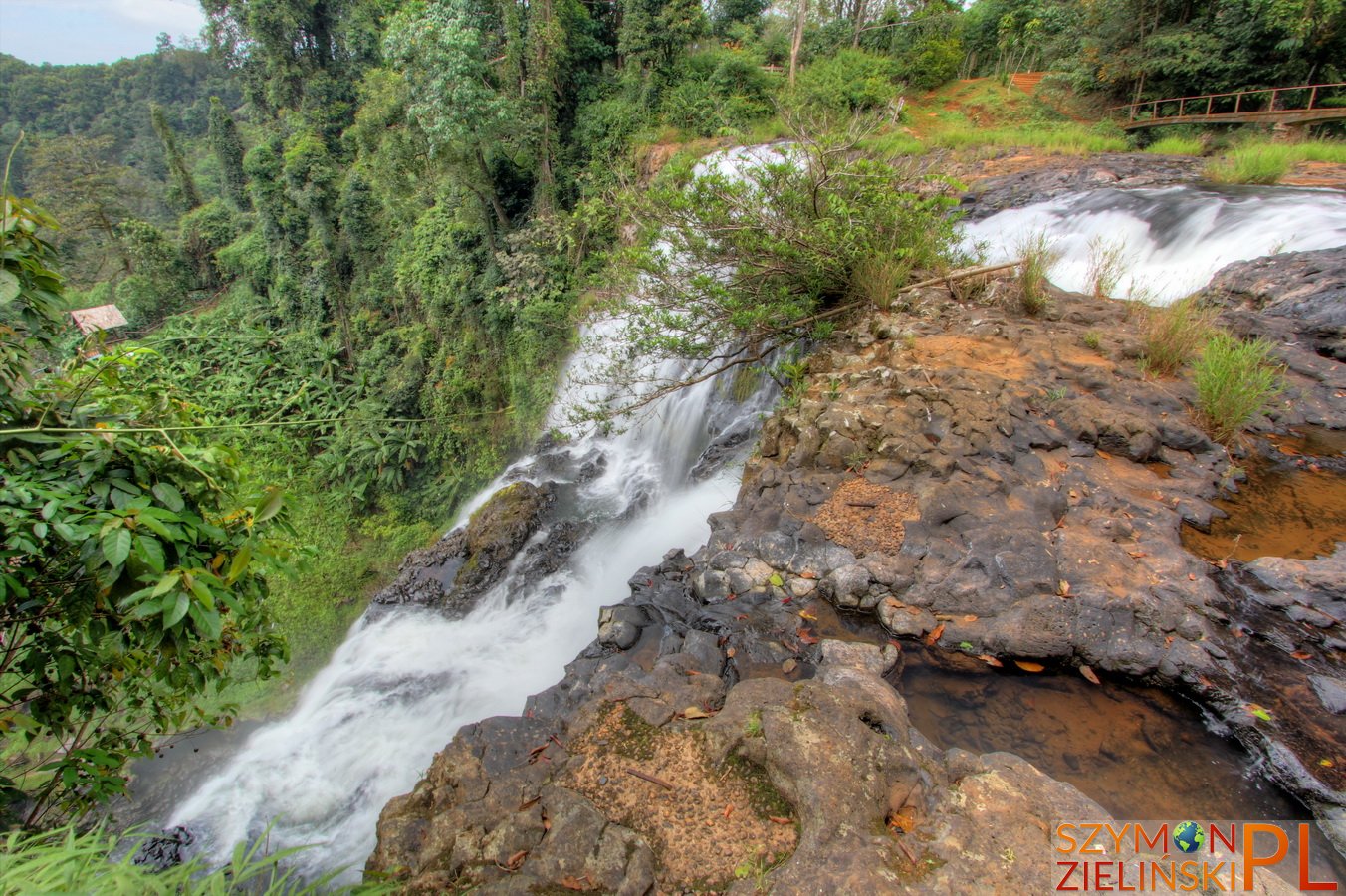
The top of Tat Yuang waterfall. Bolaven Plateau, Laos.
Na górze wodospadu Tat Yuang. Płaskowyż Bolaven, Laos.
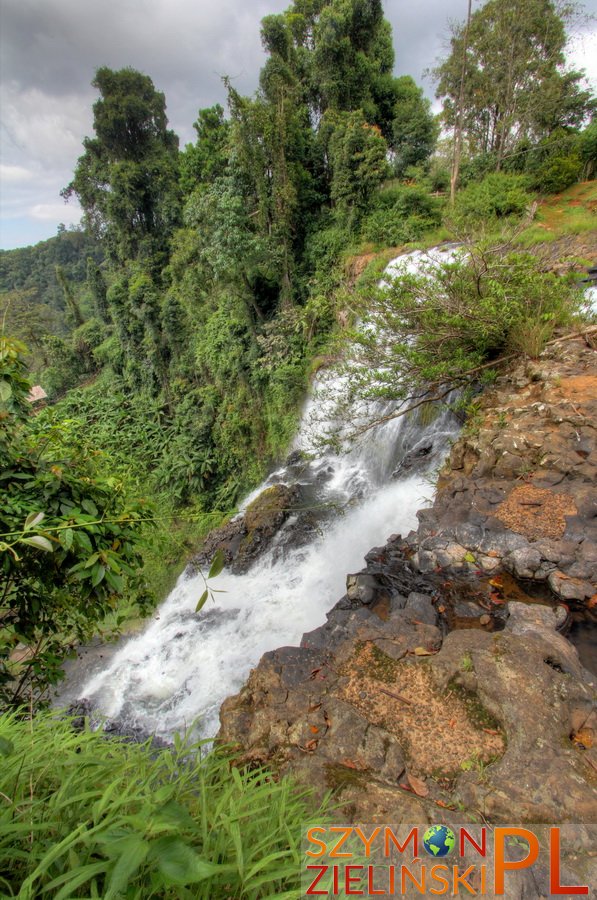
The top of Tat Yuang waterfall. Bolaven Plateau, Laos.
Na górze wodospadu Tat Yuang. Płaskowyż Bolaven, Laos.

The steep stairs to Tat Yuang waterfall. Bolaven Plateau, Laos.
Strome schody do wodospadu Tat Yuang. Płaskowyż Bolaven, Laos.
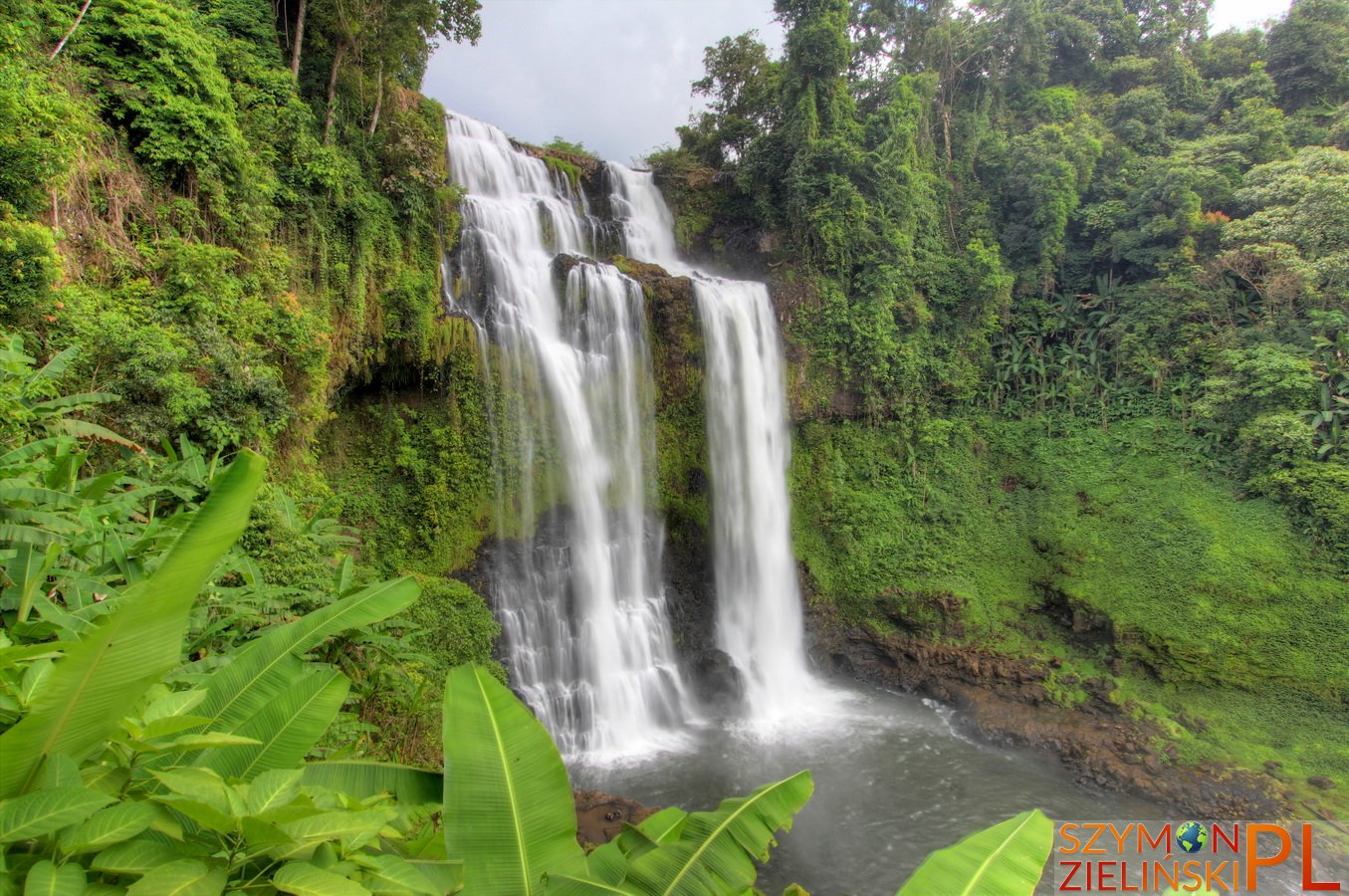
Tat Yuang waterfall. Bolaven Plateau, Laos.
Wodospad Tat Yuang. Płaskowyż Bolaven, Laos.
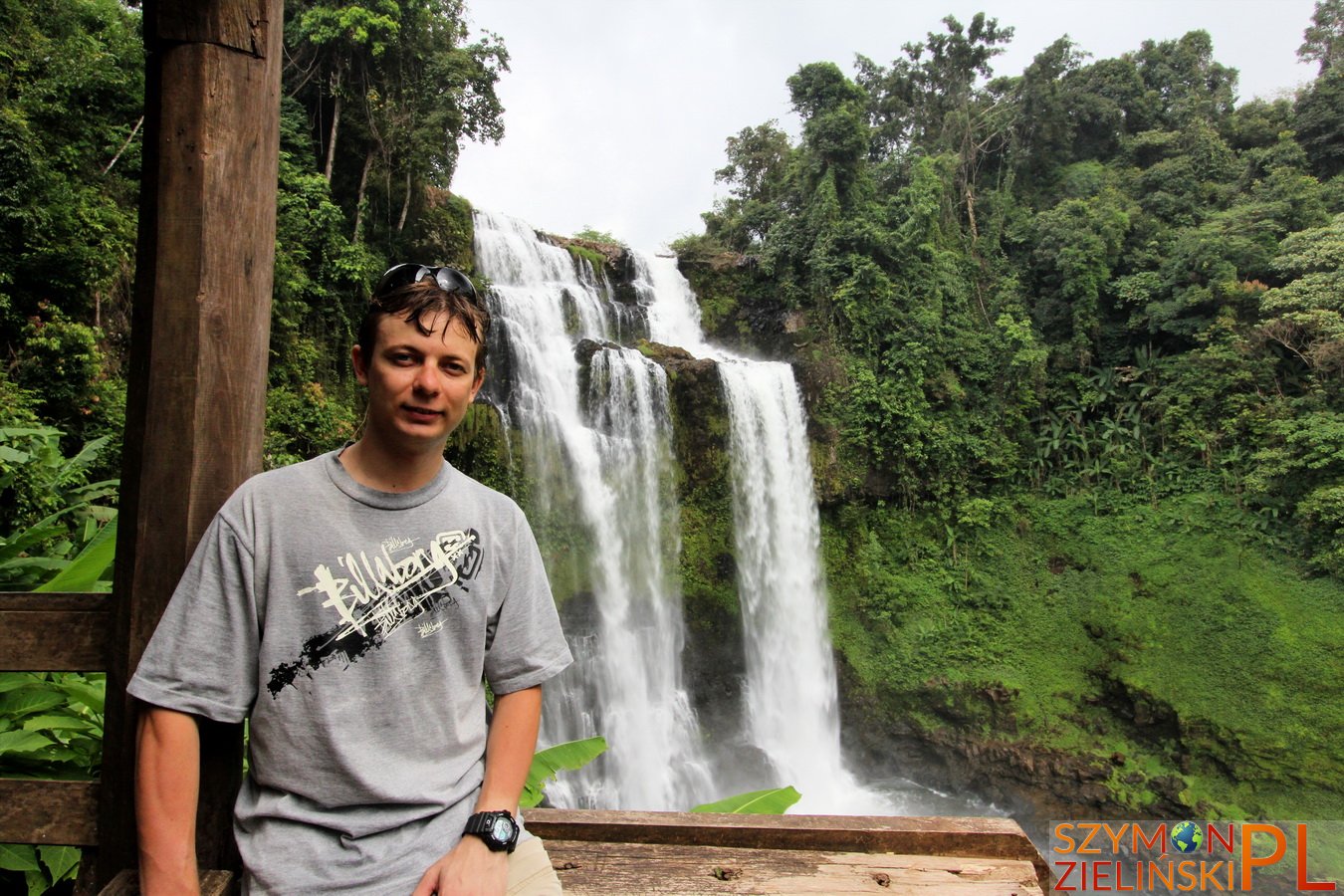
Me and Tat Yuang waterfall. Bolaven Plateau, Laos.
Ja i Wodospad Tat Yuang. Płaskowyż Bolaven, Laos.
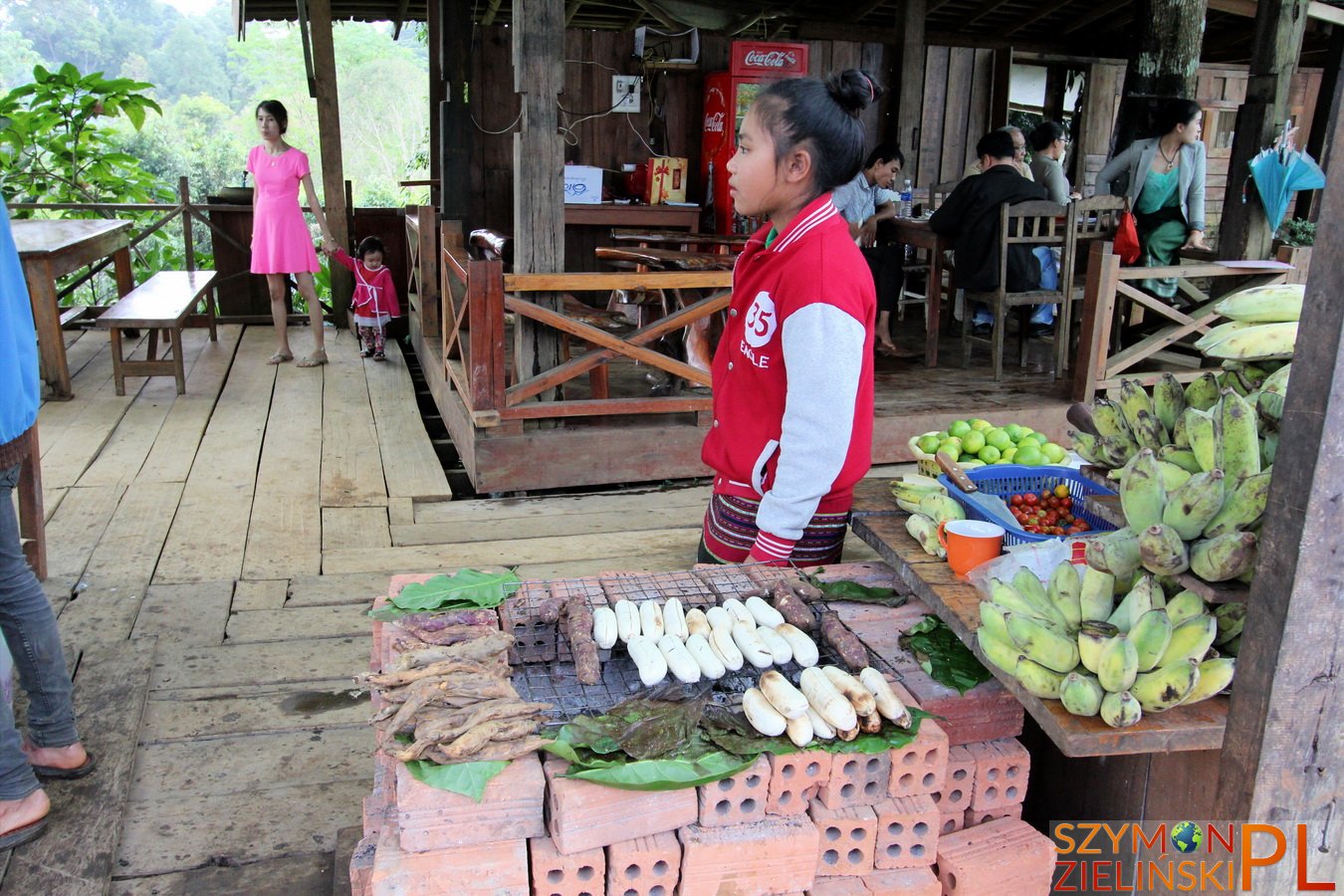
The restaurant and coffee shop around Tat Yuang waterfall. Bolaven Plateau, Laos.
Restauracja, która serwuje także świeżą kawę, obok wodospadu Tat Yuang. Płaskowyż Bolaven, Laos.
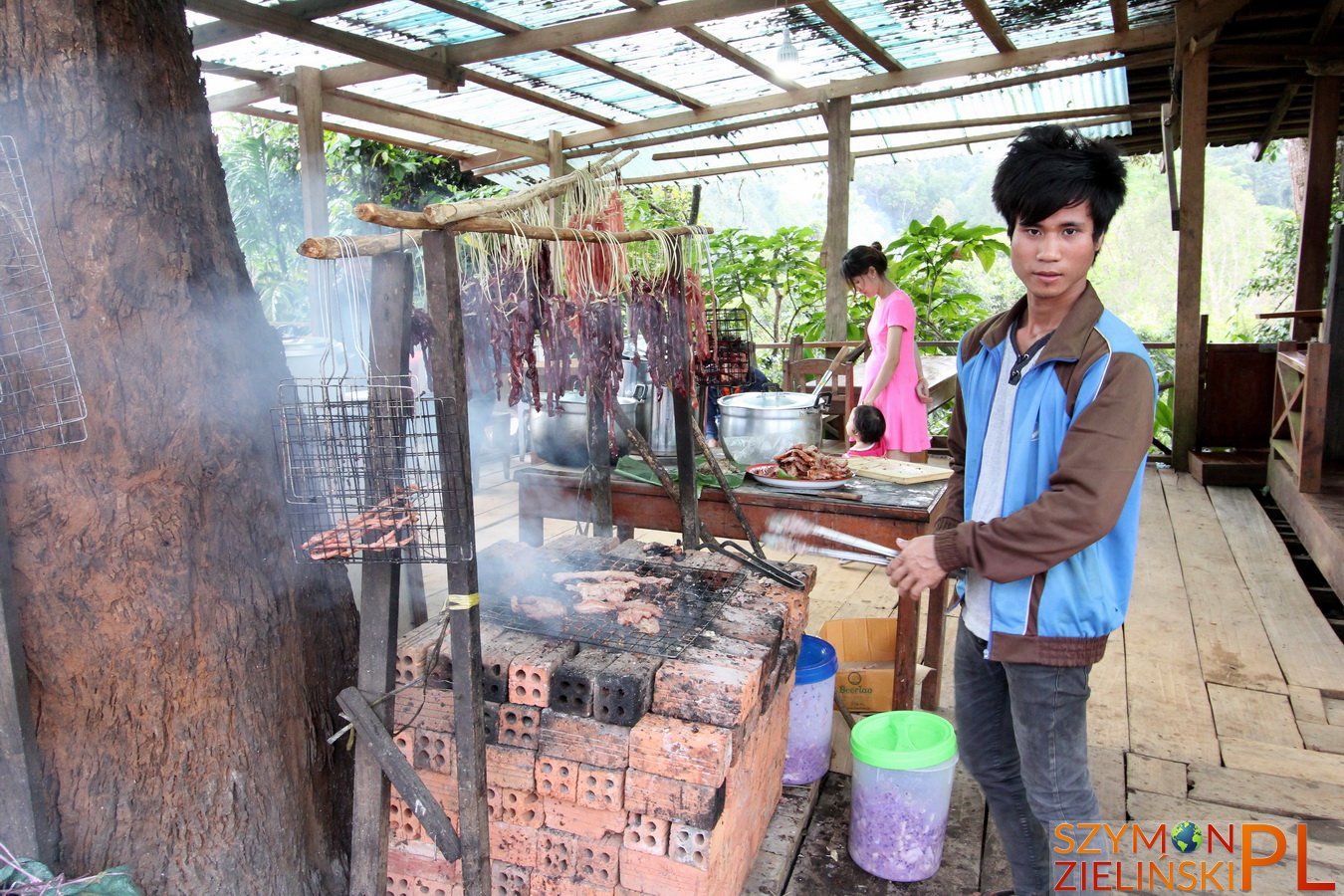
The restaurant and coffee shop around Tat Yuang waterfall. Bolaven Plateau, Laos.
Restauracja, która serwuje także świeżą kawę, obok wodospadu Tat Yuang. Płaskowyż Bolaven, Laos.
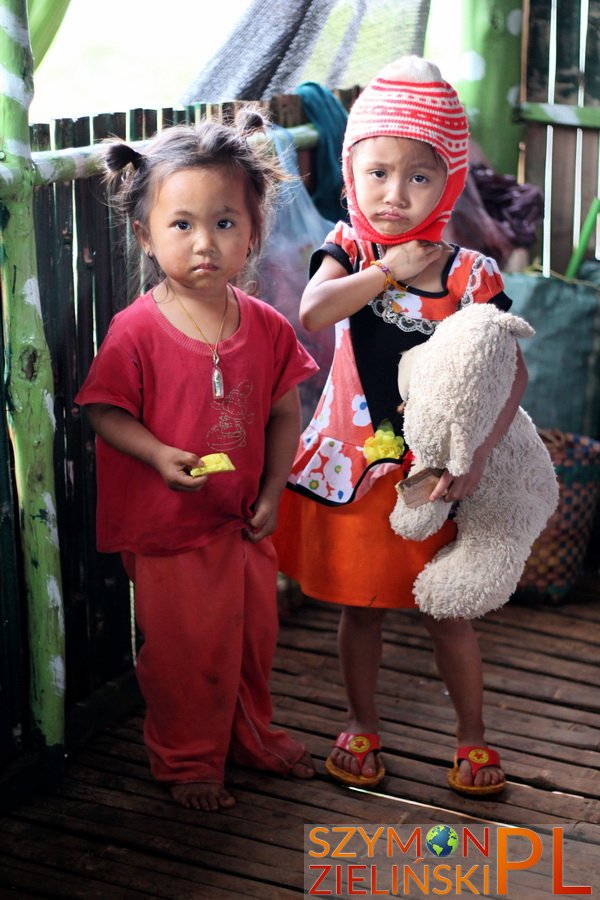
Kids at the very local restaurant, on the way to Sekong. Bolaven Plateau, Laos.
Dzieci w bardzo lokalnej knajpce przy drodze do Sekong. Płaskowyż Bolaven, Laos.
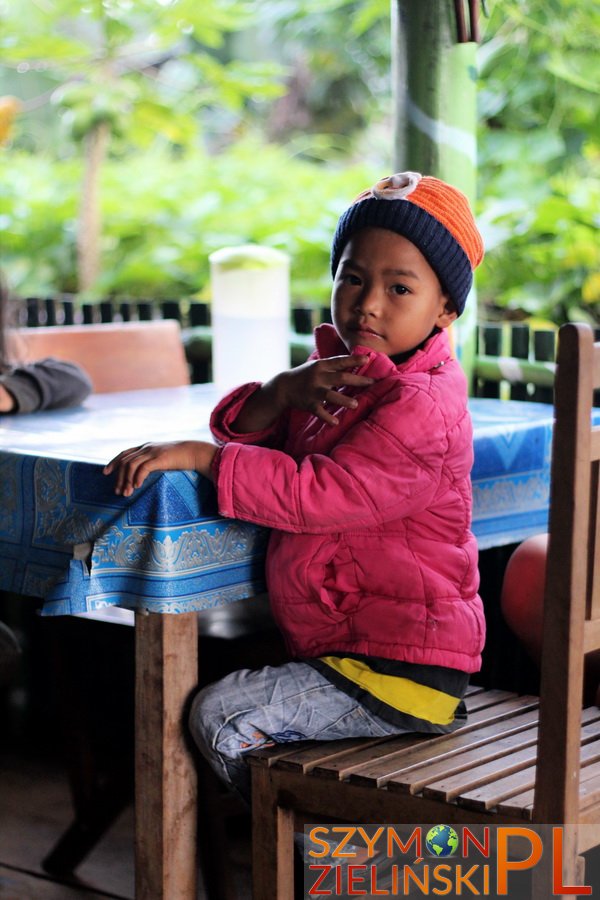
A boy at the very local restaurant, on the way to Sekong. Bolaven Plateau, Laos.
Chłopczyk w bardzo lokalnej knajpce przy drodze do Sekong. Płaskowyż Bolaven, Laos.
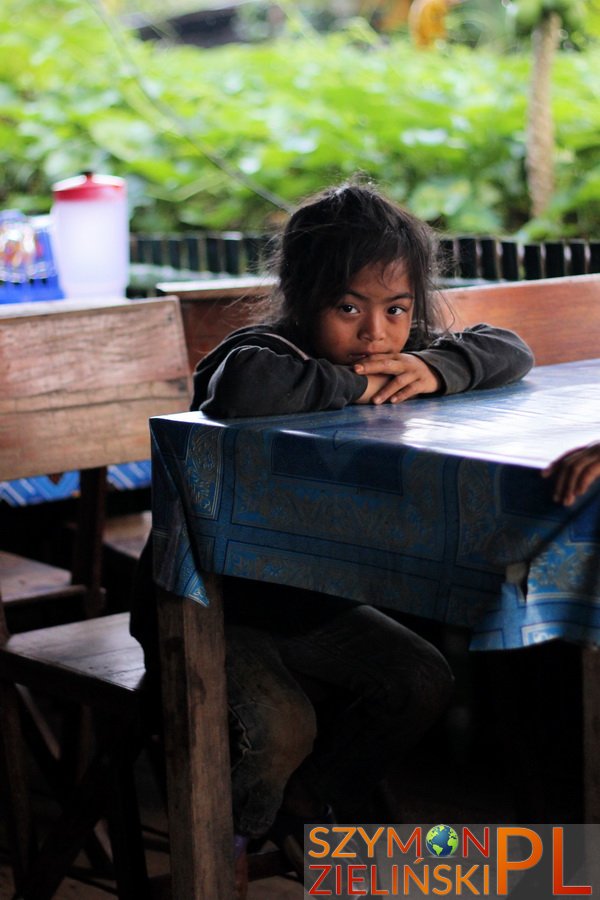
A girl at the very local restaurant, on the way to Sekong. Bolaven Plateau, Laos.
Dziewczynka w bardzo lokalnej knajpce przy drodze do Sekong. Płaskowyż Bolaven, Laos.
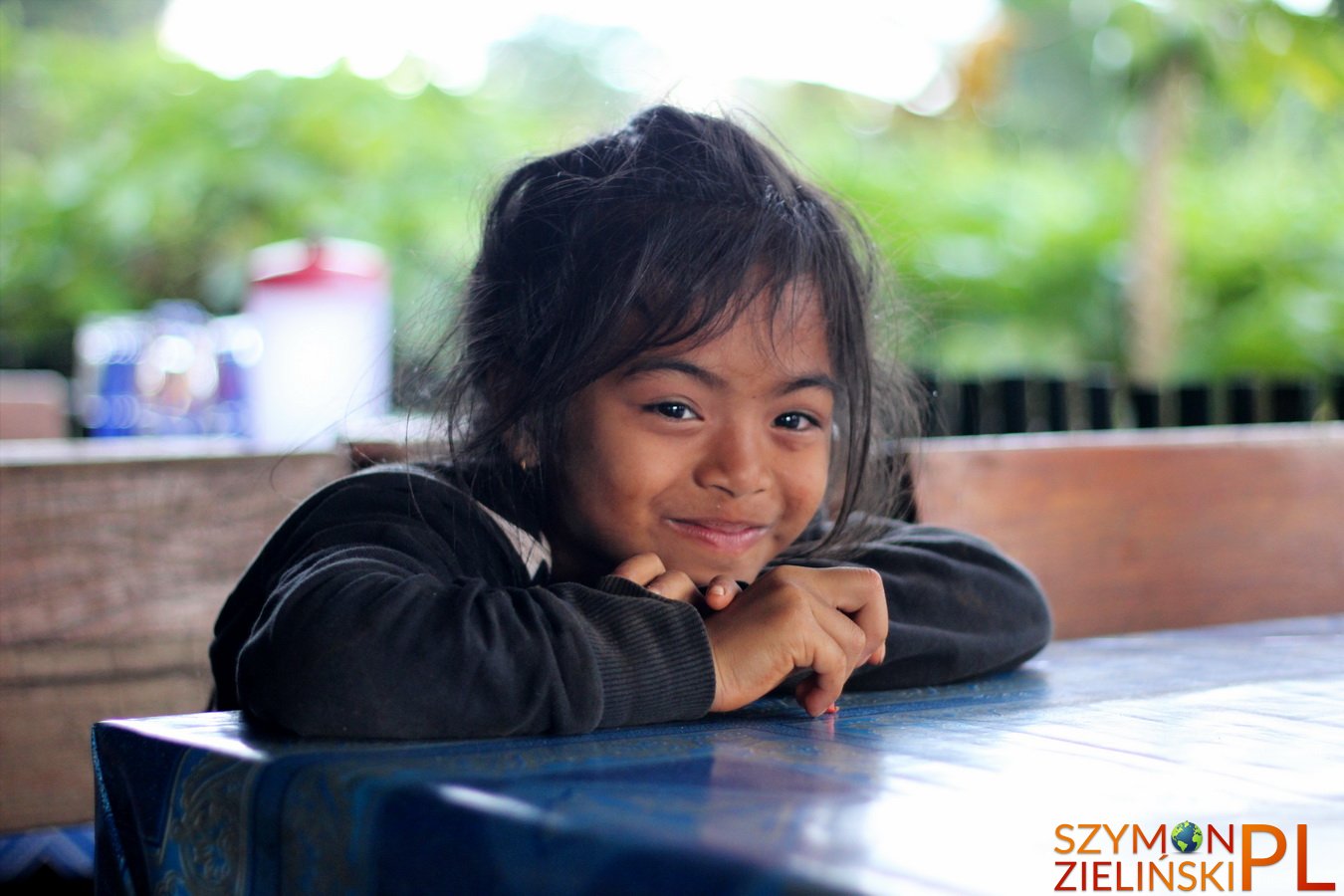
A girl at the very local restaurant, on the way to Sekong. Bolaven Plateau, Laos.
Dziewczynka w bardzo lokalnej knajpce przy drodze do Sekong. Płaskowyż Bolaven, Laos.
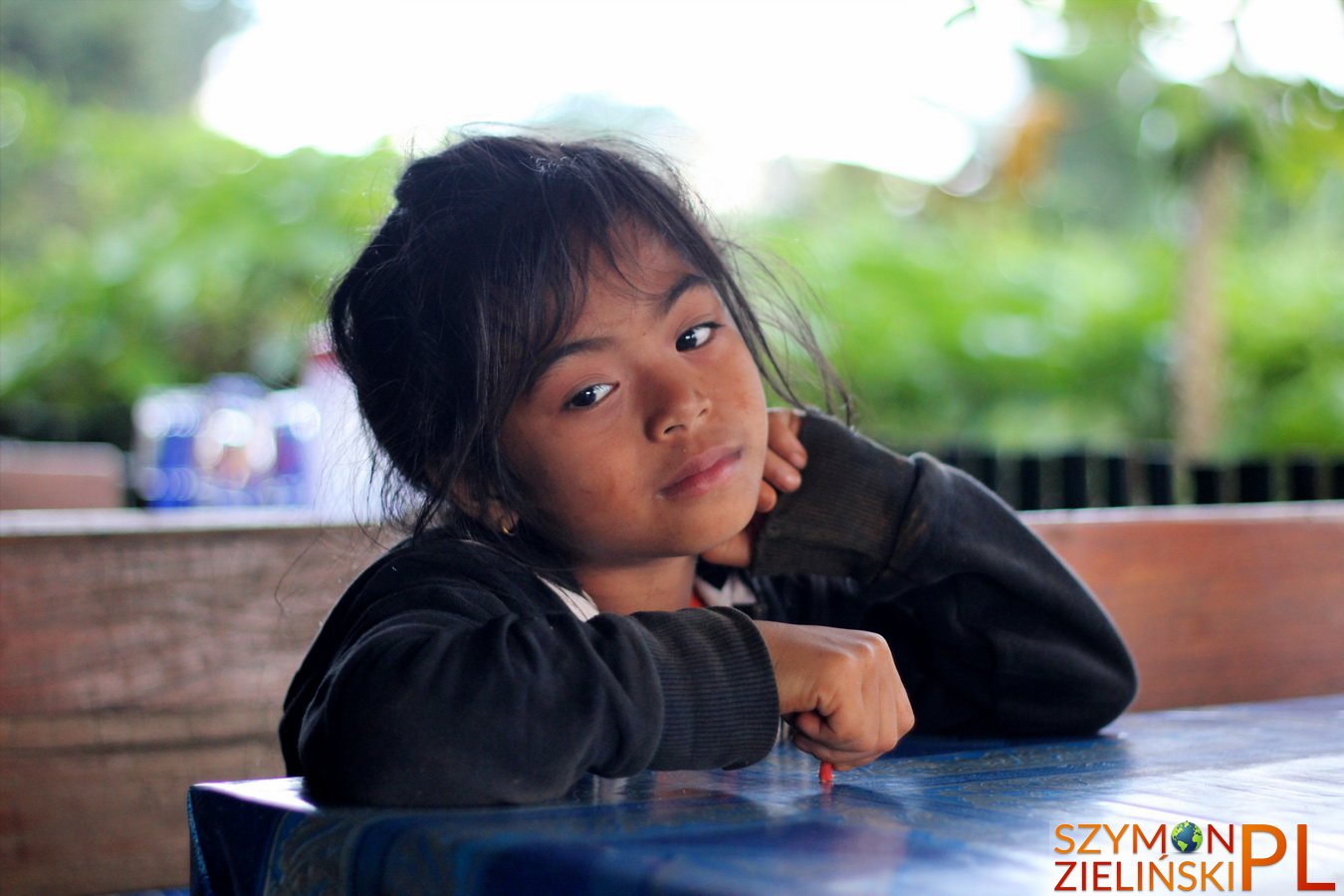
A girl at the very local restaurant, on the way to Sekong. Bolaven Plateau, Laos.
Dziewczynka w bardzo lokalnej knajpce przy drodze do Sekong. Płaskowyż Bolaven, Laos.
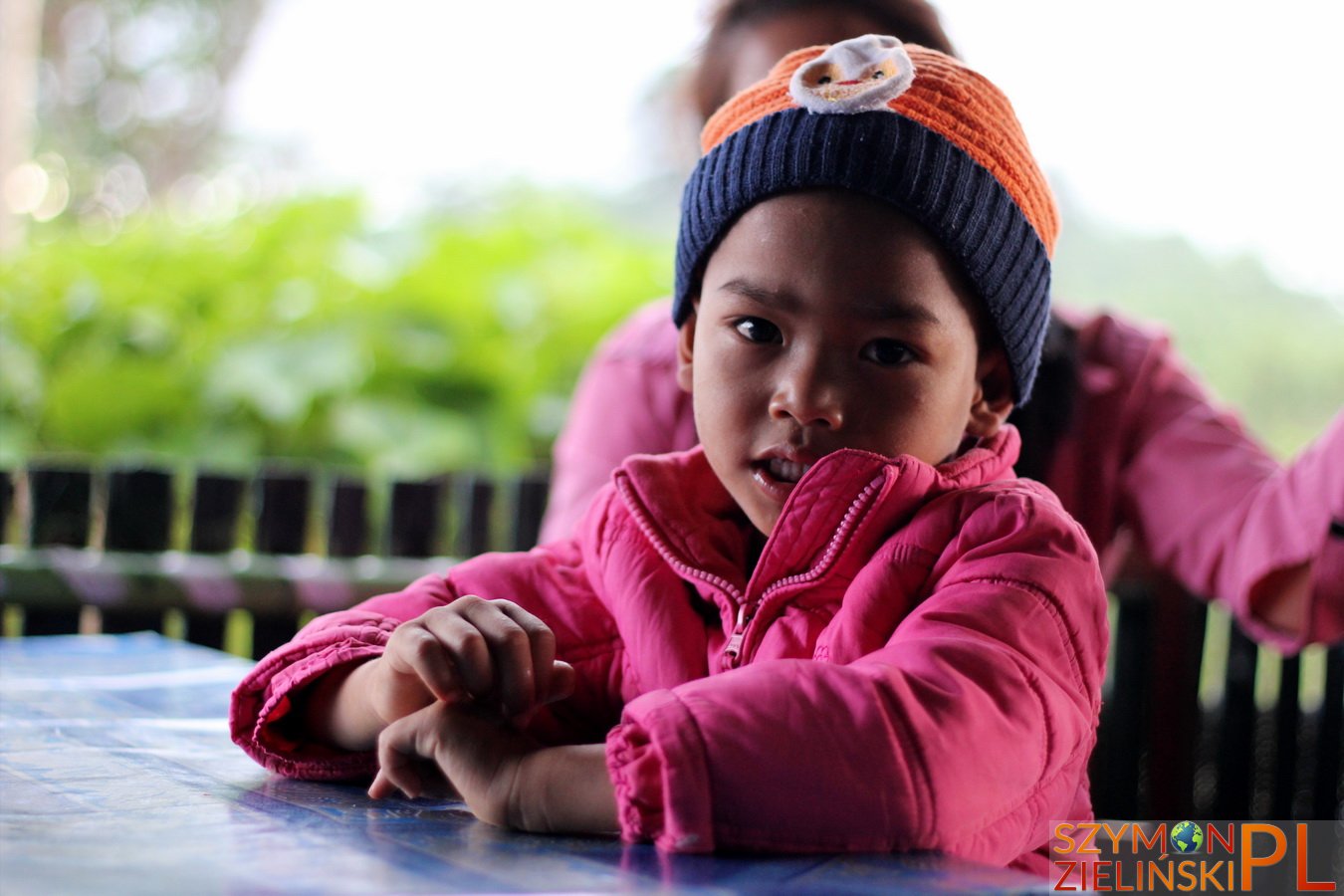
A boy at the very local restaurant, on the way to Sekong. Bolaven Plateau, Laos.
Chłopczyk w bardzo lokalnej knajpce przy drodze do Sekong. Płaskowyż Bolaven, Laos.
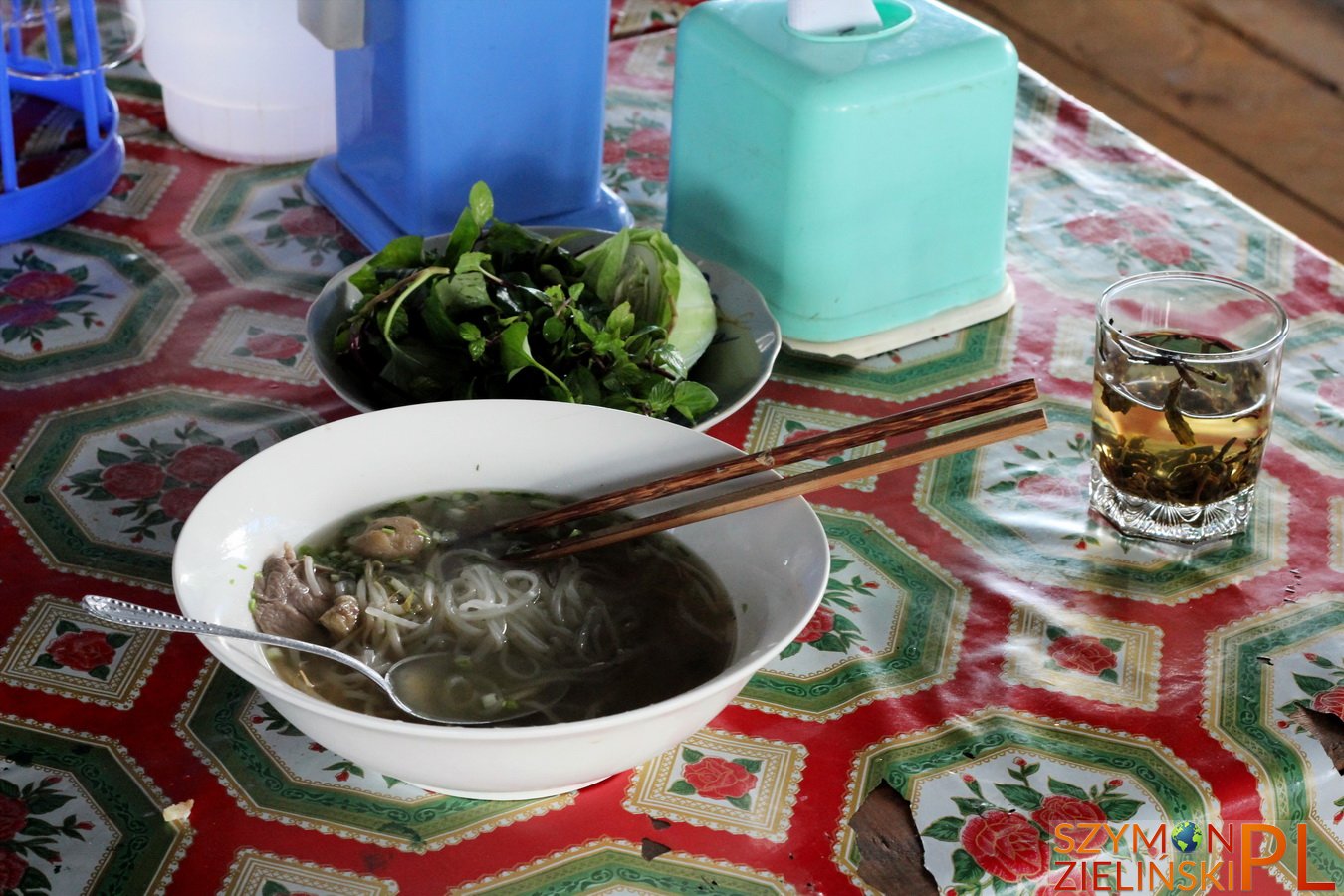
My meal at the very local restaurant, on the way to Sekong – noodle soup and tea. Bolaven Plateau, Laos.
Mój posiłek w bardzo lokalnej knajpce przy drodze do Sekong – zupa z makaronem i herbata. Płaskowyż Bolaven, Laos.
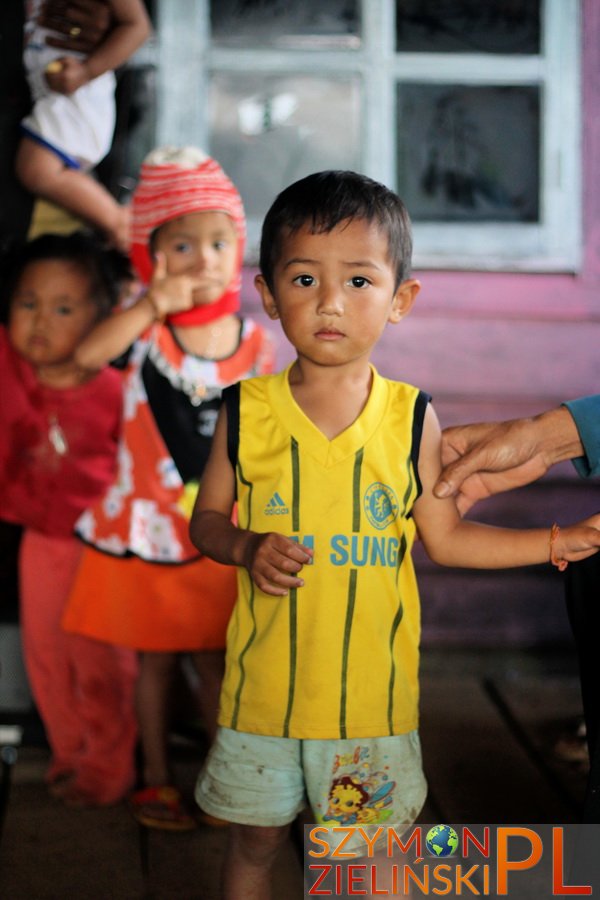
Kids at the very local restaurant, on the way to Sekong. Bolaven Plateau, Laos.
Dzieci w bardzo lokalnej knajpce przy drodze do Sekong. Płaskowyż Bolaven, Laos.

Kids at the very local restaurant, on the way to Sekong. Bolaven Plateau, Laos.
Dzieci w bardzo lokalnej knajpce przy drodze do Sekong. Płaskowyż Bolaven, Laos.
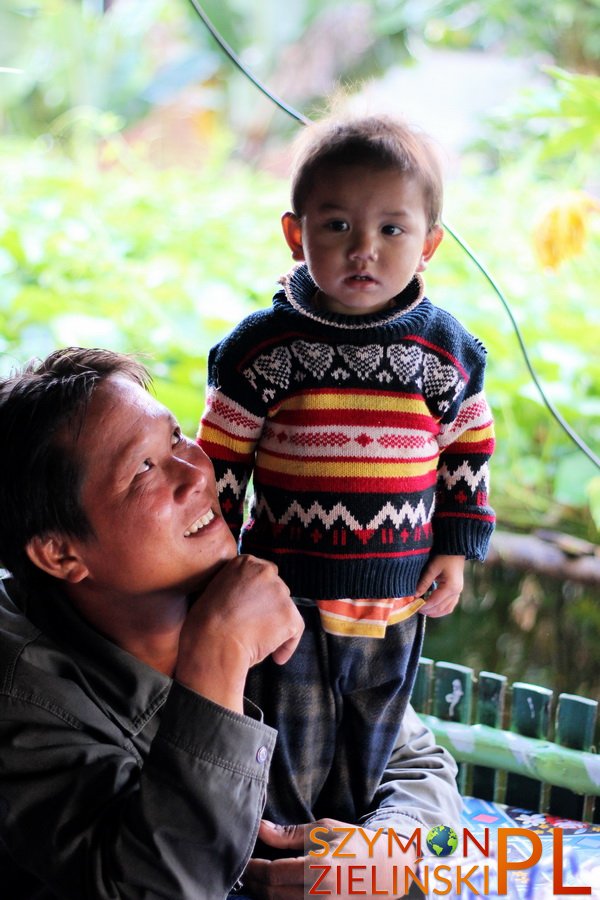
A boy and his father at the very local restaurant, on the way to Sekong. Bolaven Plateau, Laos.
Chłopczyk i jego tata w bardzo lokalnej knajpce przy drodze do Sekong. Płaskowyż Bolaven, Laos.
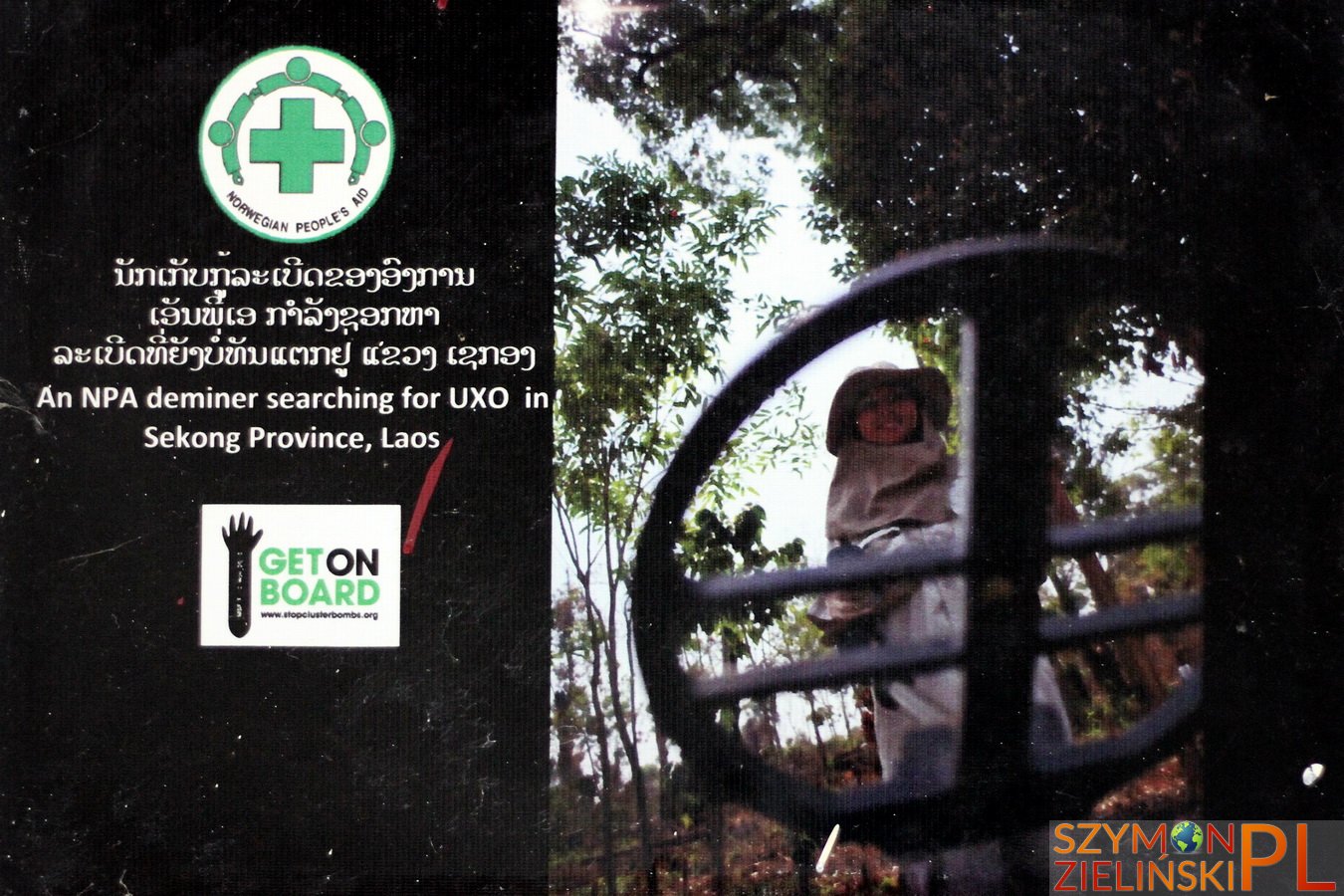
An NPA deminer searching for UXO in Sekong Province, Laos.
Saper poszukujący niewypałów w prowincji Sekong, Laos.
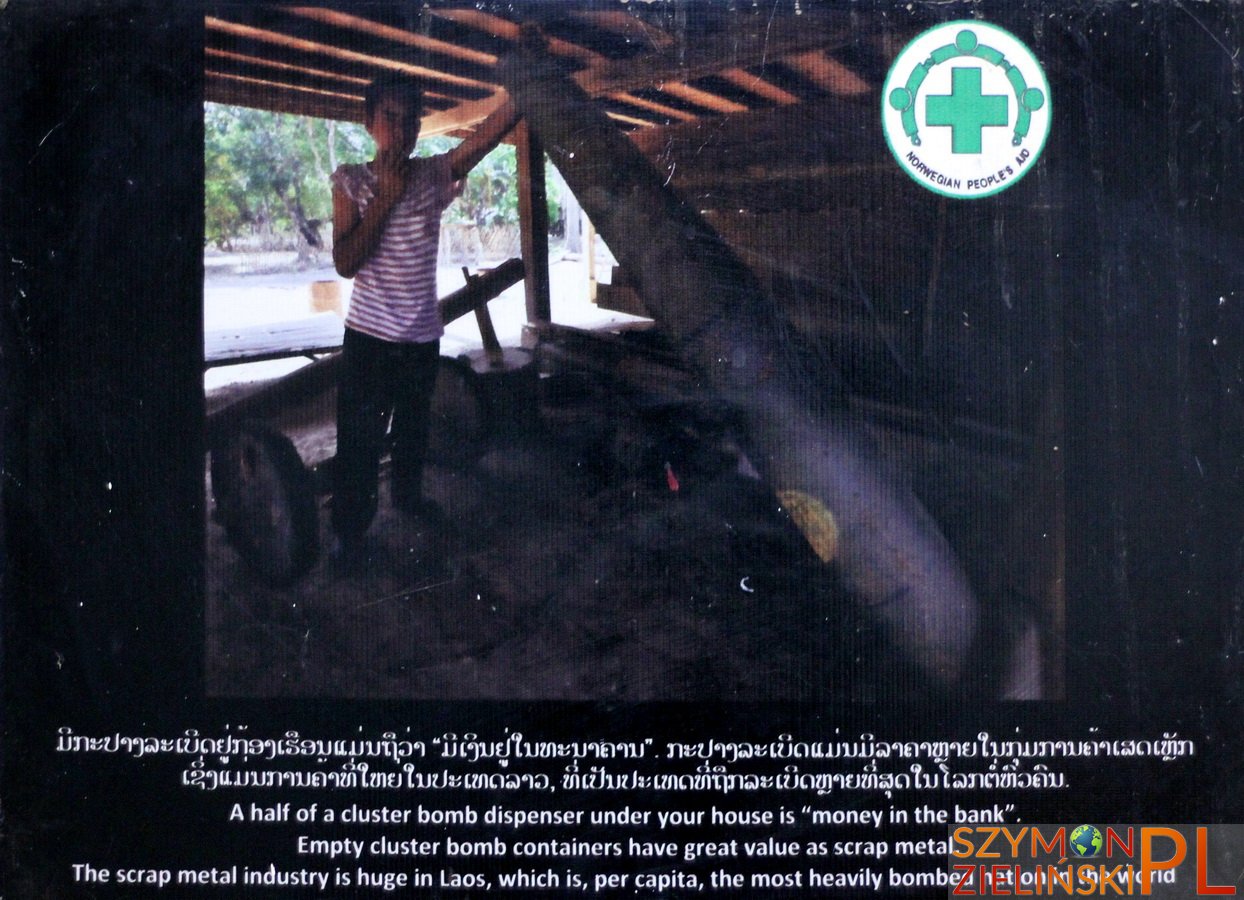
A half of a cluster bomb dispenser under your house is “money in the bank”. Empty cluster bomb containers have great value as scrap metal. The scrap metal industry is huge in Laos, which is, per capita, the most heavily bombed nation in the world.
Połowa dozownika bomb kasetowych trzymana pod domem jest “jak pieniądze w banku”. Puste pojemniki po bombach kasetowych mają dużą wartość jako złom. Przemysł złomowy jest w Laosie ogromny, gdyż jest to najbardziej zbombardowany kraj na świecie (w przeliczeniu na mieszkańca).
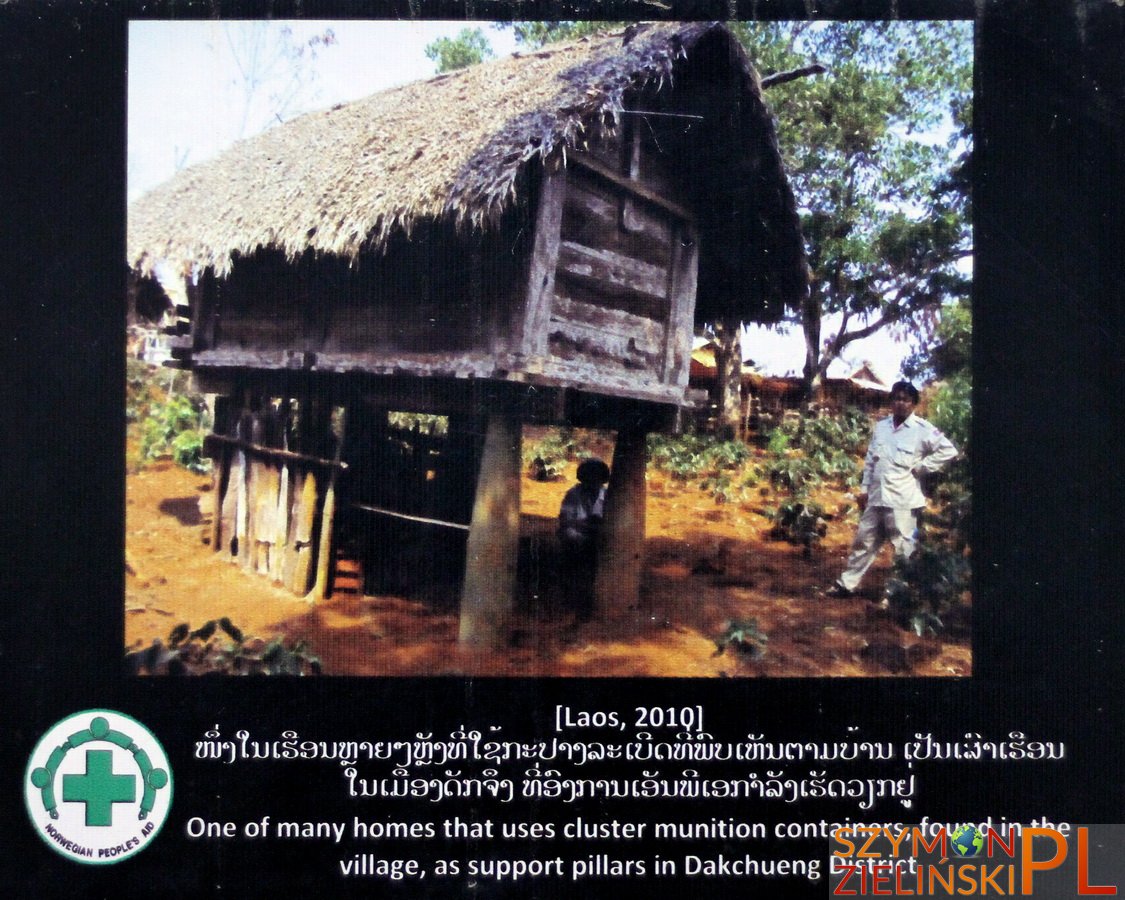
One of many homes that uses cluster munition containers, found in the village, as support pillars in Dakchueng District.
Jeden z wielu domów w wiosce w rejonie Dakchueng, który używa pojemników po amunicji kasetowej jako podpory.
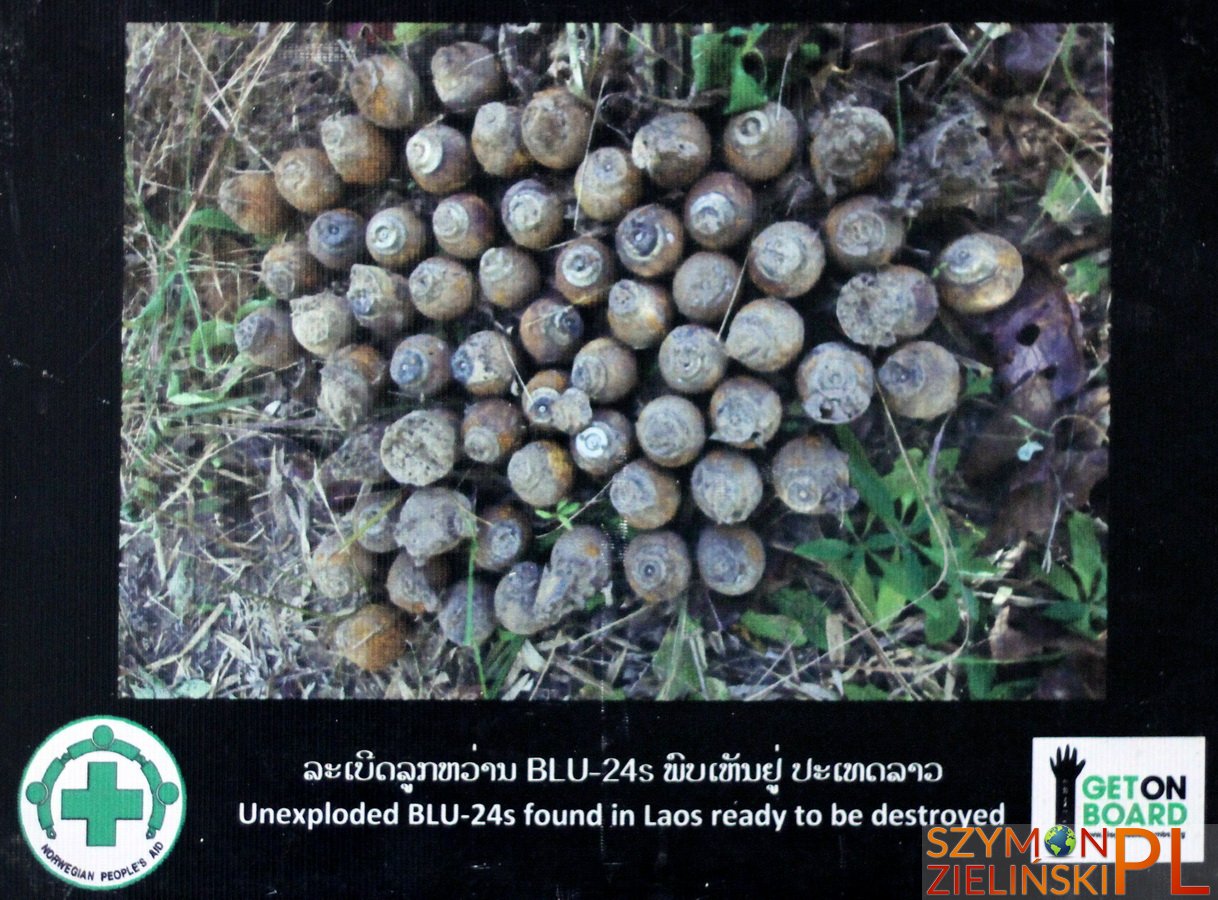
Unexploded BLU-24s found in Laos ready to be destroyed.
Niewypały BLU-24 znalezione w Laosie i przygotowane do zniszczenia.
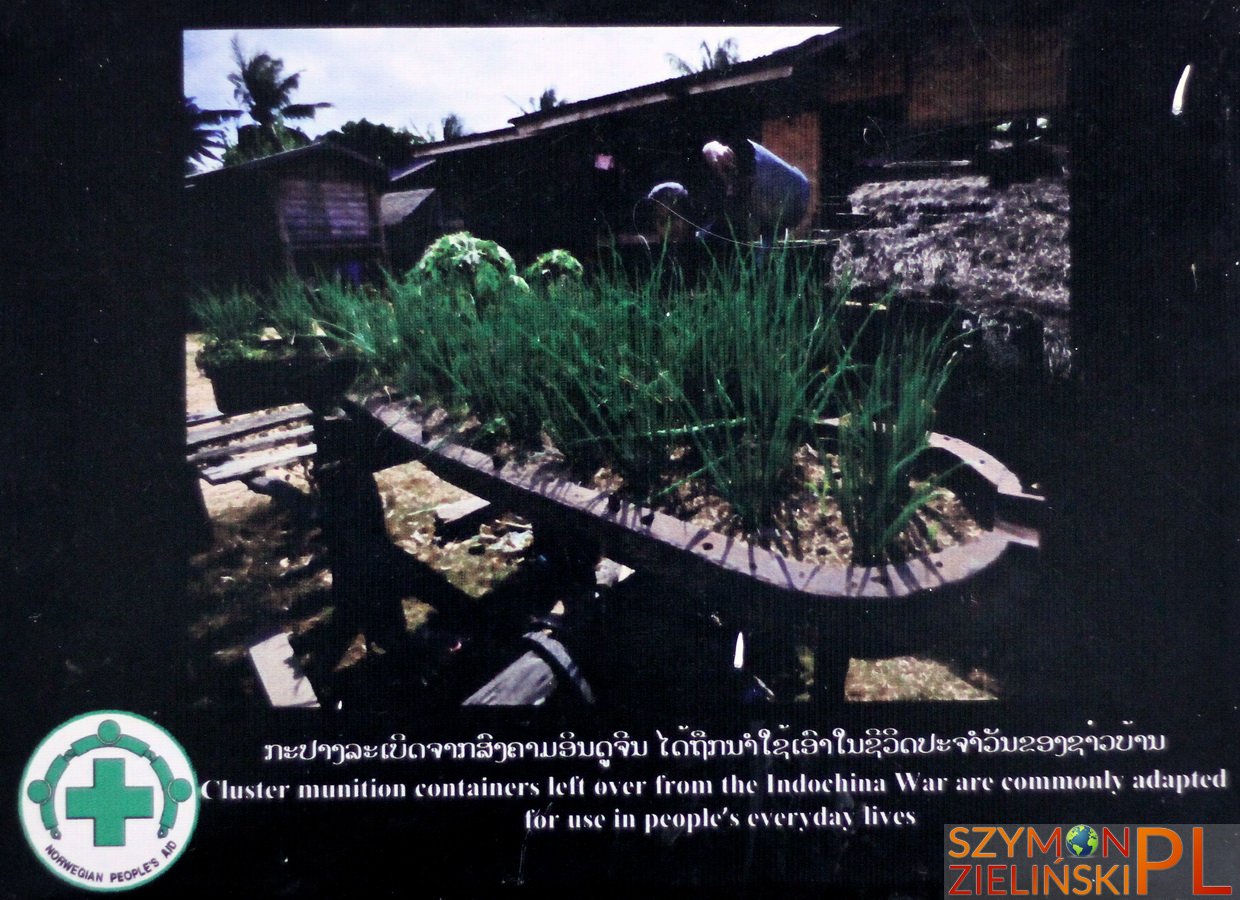
Cluster munition containers left over from the Indochina War are commonly adapted for use in people’s everyday lives.
Pojemniki po amunicji kasetowej, pozostawione po wojnie indochińskiej, są przystosowane do użytku codziennego.
My Point of View – Thailand, Laos, Vietnam, Cambodia, Myanmar, South East Asia…






























